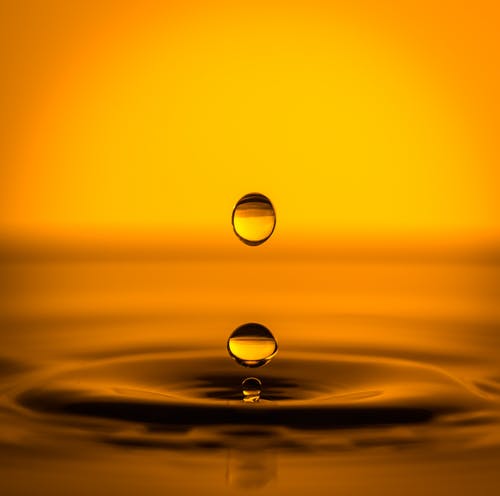Posted: Mar 08, 2019

Some people gaze at the "tears" of wine; other people dedicate their life to researching them.
Let’s start here: The “legs” of a wine have nothing to do with the quality of a wine. People like to obsess over those little droplets that run down the inside of the glass — also known as “tears” or “fingers” — but like a stoner staring at his literal fingers, the only real reason to observe them is that they look cool. If anything, the legs stem from the alcohol in wine, so the one thing you can occasionally glean from these tears is whether your wine is on the stronger side.
But just because the legs aren’t indicative of quality doesn’t mean they aren’t still interesting. Scientists have dedicated a surprising amount of time analyzing and explaining this phenomenon. In fact, just this week, Andrea Bertozzi, a professor of mathematics and mechanical and aerospace engineering at UCLA, gave an entire talk on her recent work studying “tears of wine” at a meeting of the American Physical Society (which, for the record, is not a drinking club!) And guess what: There’s just been a major breakthrough — and though you may have trouble wrapping your head around it no matter how many glasses of wine you’ve had, the ramification could be pretty cool.
“There's been a flurry of activity over the last 30 years trying to understand more about this phenomenon, but nothing that really addressed the dynamics of the actual tear formation,” Bertozzi said according to Ars Technicathis link opens in a new tab who was at the talk.
Here’s what we know: In their most basic form, wine legs are a result of the Marangoni effect, which states that liquids with different surface tensions will flow away from each other. In wine, those differing liquids are basically alcohol and water. When wine covers the sides of a glass, gravity tries to pull that liquid back to the surface, but as evaporation occurs, alcohol concentration lowers, and the Marangoni effect will actually cause a pushing up effect away from the more alcoholic wine below. The resulting instability is the “tears” effect.
But Bertozzi’s new findings essentially started as an excuse to drink in class. “I decided to do a ‘fun’ lecture on the tears of wine problem. We had wine and cheese in the class and we looked at the tears of wine in real life,” she told me via email. But as she reviewed the existing research, she noticed something. “There was no way their physical model could explain the data,” she said. “So I posed a challenge question to my class — to have a student do a proper dimensional analysis of the physics and see if additional dynamics were important.”
The result of that challenge is the paper that Bertozzi and her students are currently wrapping up. And they believe that shockwaves are the additional dynamic that had been missing from the equation. To put it another way, the Marangoni effect is necessary to create legs, but when you see truly dramatic tears of wine, it’s because that instability causes an additional mechanism known as a “reverse undercompressive shock” that ripples up the side of the glass.
It’s all very complicated. (I actually won’t be surprised if, like any good professor, Bertozzi reads this and corrects me on the above!) But turns out it can have some pretty cool real-life applications. “You could try to design a glass that optimizes the climbing film for a particular beverage. This could be useful if you want to augment the bouquet of the wine in the glass — because it's not just alcohol that evaporates — it's other complex compounds that give wine its unique taste and smell,” she tells me. “You could also create signature cocktails with visual effects that use a particular glass shape…. Our idea is to have some dynamic behavior that might also involve specialized lighting.”
So there you have it: All of this research could one day lead to some badass cocktails. Who can’t get behind that kind of science?
By Mike Pomranz March 06, 2019 Source: Foodandwine.com
Go-Wine's mission is to organize food and beverage information and make it universally accessible and beneficial. These are the benefits of sharing your article in Go-Wine.com


The Wine Thief Bistro & Specialty Wines is a locally owned small business in downtown Frankfort, IL offering world class wines in a relaxed, casual gathering spot for friends and family. Offering world class virtual tastings and touchless carryout.
https://www.twtwineclub.com/aboutus
Go-Wine 25 Great Wineries in US selection prioritizes quality, value and availability.
www.go-wine.com/great-wineries-in-america
Tasting wine is a nice experience, but visiting the places in which wine is made is a magic moment. Available in New York City for touchless pickup.